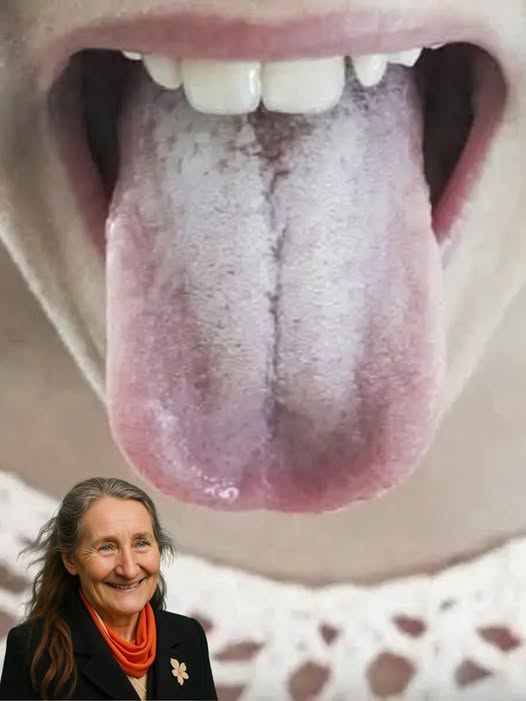ADVERTISEMENT
Introduction
The human body is a fascinating system that constantly sends signals when something’s off balance. One such signal can come from your tongue. A healthy tongue is usually pink and smooth, but when it turns white or develops white patches, it may indicate underlying issues. While often harmless and temporary, sometimes a white tongue points to more serious health problems. Understanding the causes can help you decide if simple lifestyle changes will suffice or if you need professional care.
Common Causes of a White Tongue
1. Poor Oral Hygiene
When food debris, bacteria, and dead cells aren’t regularly cleaned off the tongue, they accumulate and create a white coating. This is common if you don’t brush your teeth and tongue thoroughly or skip flossing and mouthwash. It can also cause bad breath.
What You Can Do:
Brush teeth twice daily, including your tongue.
Use a tongue scraper or the back of your toothbrush.
Rinse with antibacterial mouthwash.
Visit your dentist regularly.
2. Dehydration and Dry Mouth
Lack of hydration reduces saliva, which cleanses the tongue. Without enough saliva, bacteria and debris build up, causing a white tongue.
What You Can Do:
Drink 8–10 glasses of water daily.
Limit alcohol and caffeine, which dehydrate.
Use a humidifier if you breathe through your mouth at night.
Consult a doctor if dry mouth persists.
3. Oral Thrush (Candidiasis)
ADVERTISEMENT
